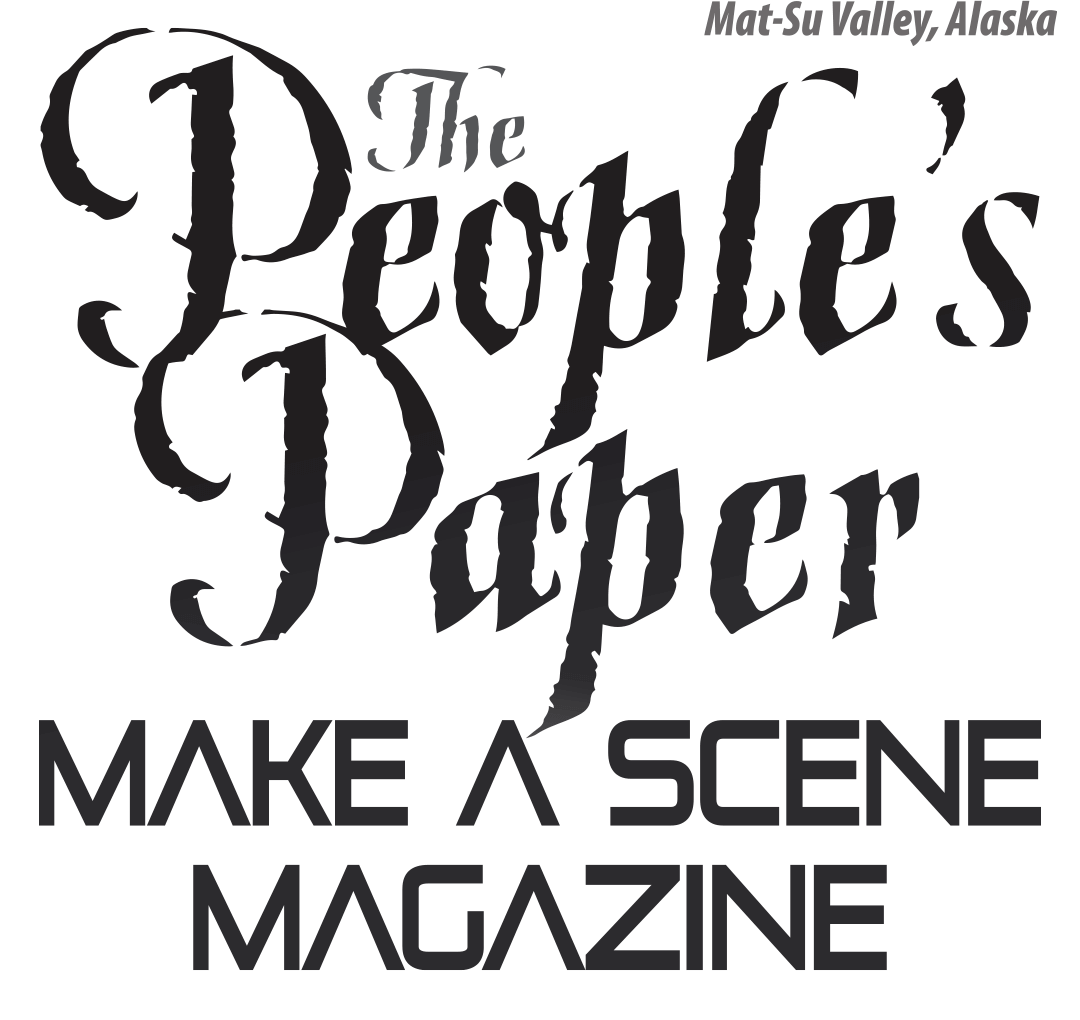The Bright Lights Book Project: Making the Leap into Literacy: Part 1
Contributed by Alys Culhane
The Bright Lights Book Project mission statement is “To put free books into the hands of appreciative readers” Nothing is more gratifying to those who have invested time and energy into this project than accomplishing this task. Equally gratifying is seeing our vision statement, which is “Envisioning the power of literacy to change lives,” actually change lives.
Discerning children are our most appreciative readers. The following is a good example. The other day I knelt down and began putting books in the lower shelf of the Turkey Red Restaurant hallway bookcase. I stood up, as two children appeared, so that they might have access to the books. The mother, seeing as her children had stopped in front of the first bookcase, moved on to the second one.
I asked the little girl, who appeared to be about six years old, if she liked to read. She nodded. I then stepped back as the very self-assured individual knelt down, began pulling books off the children’s shelf, and set them on her left side.
I next asked the little boy if he liked to read. He shook his head vigorously. I removed a handful of books from the bottom shelf and set them on my lap.
“Look,” I said, “I have some really cool books here.”
He stood squarely in place, as I showed him a copy of Curious George Goes to the Zoo. “Want this book?” He again shook his head. I next showed him a copy of Good Dog Karl Goes to Daycare. “How about this book?”
This time he shook his head slowly. I showed him a copy of Jane Yolen’s dinosaur book. The little boy lunged forward, grabbed the book out of my hands, then ran to join his mother who was checking out the grownup nonfiction section.
The little girl, who’d been oblivious to her little brother’s actions, told me that she had two books, but couldn’t decide which one to take. The first was Maurice Sendak’s Where the Wild Things Are and the second was Jan Brett’s The First Dog.
The son’s mother advised her daughter to take one book. She had a copy of Stephan Kanfer’s Ball of Fire: The Tumultuous Life of Lucille Ball in her hands.
“You can take as many books as you like,” I said. The incredulous child picked up her stack of books and ran to her mother’s side. “What do you say kids?” she asked.
The siblings said thank you to me, then followed their mother down the hallway. I put the remaining books I had on hand on the shelves, then peered in the doorway of Alexi Papasavas’ restaurant. The mother and children were reading their respective finds. The little boy tugged on his mother’s shirt and when she looked up, he showed her an illustration in Jane Yolen and Mark Teague’s How do Dinosaur’s Say Goodnight?
I projected the above scene into the near future. The children and mother took their books home. The children placed their books on their bedroom nightstands. Their father read to the kids at bedtime. And Mother read her book in between doing household chores. The characters in the children’s books repeatedly come to life, as in bed, his daughter talked about getting a dog and his son made clear to his dad the distinction between the differing types of dinosaurs. The following day, Mother and a neighbor conversed for a bit about the I Love Lucy show, and some of the funnier incidents.
What happened here happens when books are readily made available to readers of all ages. Had these books been unavailable to these individuals, my present and future scenarios would not have occurred. And had these scenarios not occurred, mother, son, and daughter would have been bereft of narrative-based insights.
It’s a stretch, isn’t it, saying that a boy’s speculating about the differing types of dinosaurs, a girl’s musing on the adventures of a lost dog, or a mother’s recollections of past I Love Lucy shows, are broadening the narrow definition of literacy, which is the ability to read and write? In fact, literacy, further defined, is the sharing of print-based ideas, and as well, elaborating on them in speculative and imaginative ways.
I’ll chance this in adding that the affirmation that follows on the heels of stories about lost dogs, dinosaurs, and television personalities have the potential to be life affirming.
Alys Culhane is the Executive Director of the Bright Lights Book Project. Contact her at director@brightlightsbookproject.org if you are interested in becoming a BLBP volunteer. Bookcase locations can be found on the project website – www.brightlightsbookproject.org.
